Are Birkenstocks Good for Your Feet? Let’s Break It Down
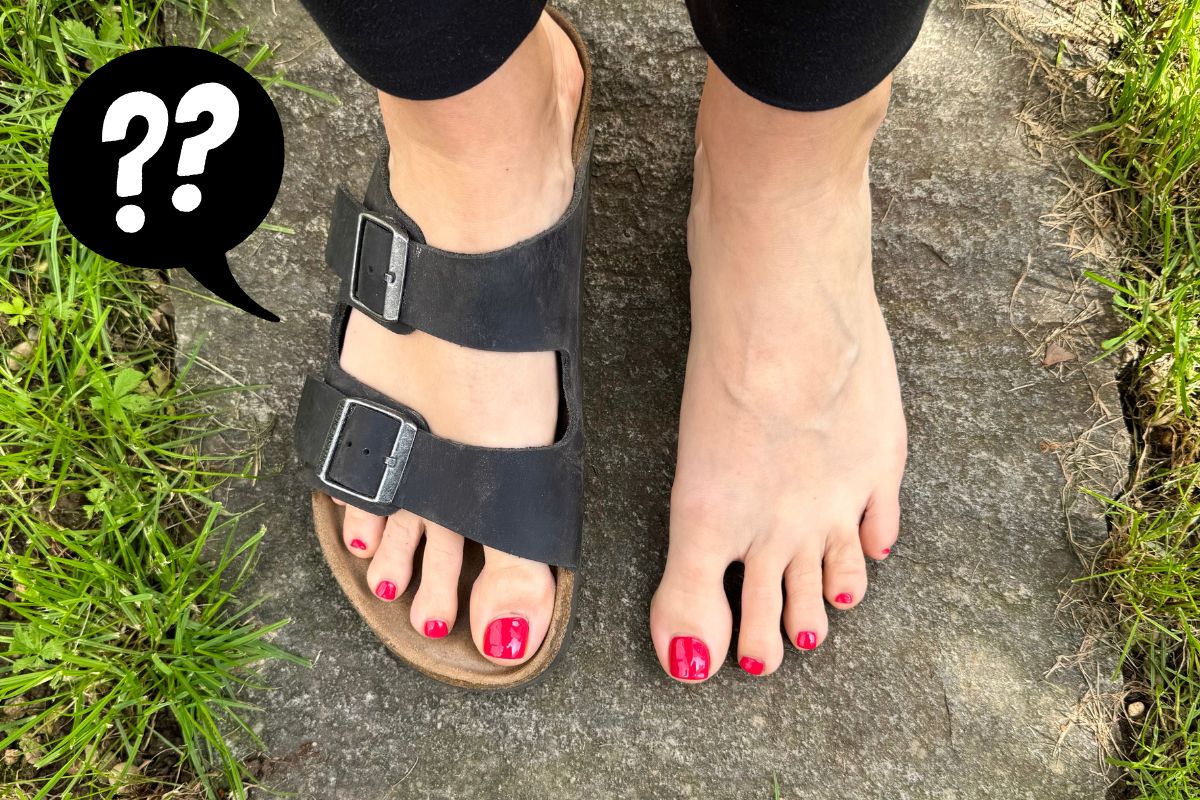
Birkenstocks. They’ve been around for decades, spotted on everyone from nature-loving hikers to fashion-forward influencers. Known for their cork footbeds and earthy vibe, they’ve developed a reputation as the “healthy” sandal.
But are Birkenstocks actually good for your feet?
Like, functionally good – not just comfy at first wear?
The short answer: Birkenstocks are more foot-shaped than most sandals, giving your toes more room to spread, but their stiff sole and built-in arch support mean they’re not always the best long-term option if your goal is to build strong, functional feet.
Let’s take a closer look at what they offer, what they lack, and whether they’re the right fit for your feet long-term.
What Birkenstocks Offer
Birkenstocks have earned their reputation as a “healthy sandal” for a few good reasons. Compared to most conventional options, they provide a combination of structure and comfort that many people find relieving, especially if they’ve been dealing with foot pain or flat, unsupportive shoes.
Here’s what they’re known for:
- Contoured arch support that redistributes pressure
- Deep heel cup to cradle and align the heel
- Durable cork-latex footbed
- Adjustable straps on many models for a customized fit
While the footbed may gradually form to your foot’s imprint, it remains stiff overall and doesn’t allow for natural flexion or dynamic movement. That structure can offer a sense of stability – but it also limits mobility.
These features make Birkenstocks a popular choice for people dealing with plantar fasciitis, flat feet, or anyone looking for something sturdier than flimsy flip-flops.
❌ Why Birkenstocks Might Not Be Ideal for Long-Term Foot Health
Despite the benefits, Birkenstocks have limitations when it comes to strengthening and restoring foot function. In fact, over-supportive shoes can actually weaken your feet over time. Here’s what natural foot health advocates point out:
Stiff Sole = Reduced Mobility
Birkenstocks have a thick, rigid sole that holds your foot in a fixed position. While this may feel stable, it limits your joints’ ability to move freely. That lack of movement:
- Alters your walking gait
- Reduces sensory input from the ground
- Restricts your natural range of motion
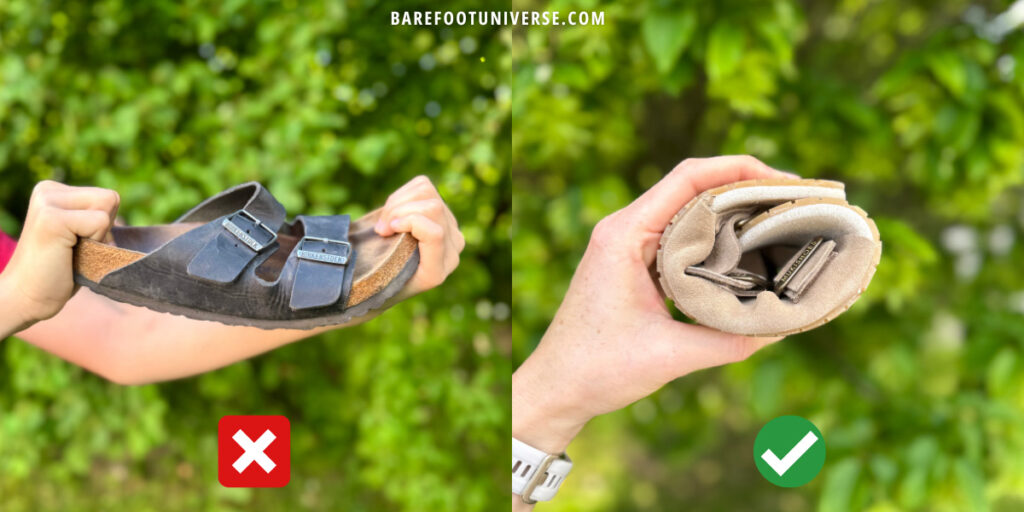
If you don’t use your mobility, you can lose it – especially in the feet, which contain 33 joints and are meant to move dynamically.
Arch Support = Muscle Inactivity
The firm arch support does the work for you, which feels good initially – but muscles that don’t get used eventually weaken. Your feet become reliant on the shoe for support, rather than building strength themselves.
👉 Research suggests that wearing minimalist shoes actively engages your foot muscles, leading to increased muscle strength over time. In fact, daily activity in minimalist shoes can increase foot strength by nearly 60% in just six months.
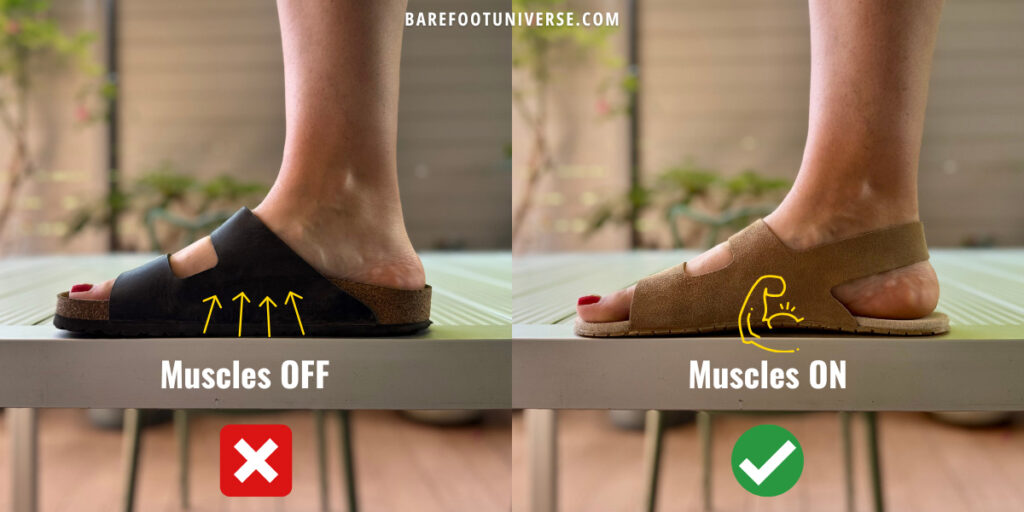
The more your feet can move and adapt on their own, the more they build strength, stability, and natural balance – something even the best support system can’t do for you.
One way to help rebuild this strength is by gradually transitioning to barefoot shoes that encourage your feet to do the work.
Curious why that matters? Here’s what barefoot shoes can do for your feet.
Loose Fit = Toe Gripping & Compensations
Most popular Birkenstock models, like the Arizona, are open-back slides. Since the heel isn’t secured, your foot has to work harder to keep the shoe on. That often leads to:
- Toe gripping
- Shuffling gait
- Unnatural movement patterns that affect the knees, hips, and posture
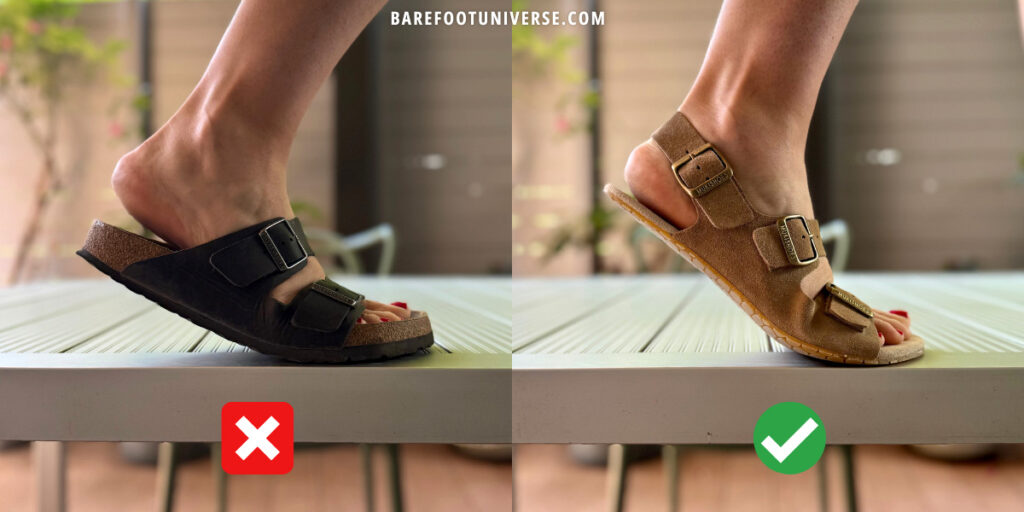
Where Birkenstocks Shine
While they’re not perfect, Birkenstocks do two important things very well:
Foot-Shaped Toe Box
Unlike most mainstream sandals, Birkenstocks have a foot-shaped design with a relatively wide toe box. This gives your toes room to spread out – an essential part of balance and foot health. Some models even come in two different widths, which is a big plus.
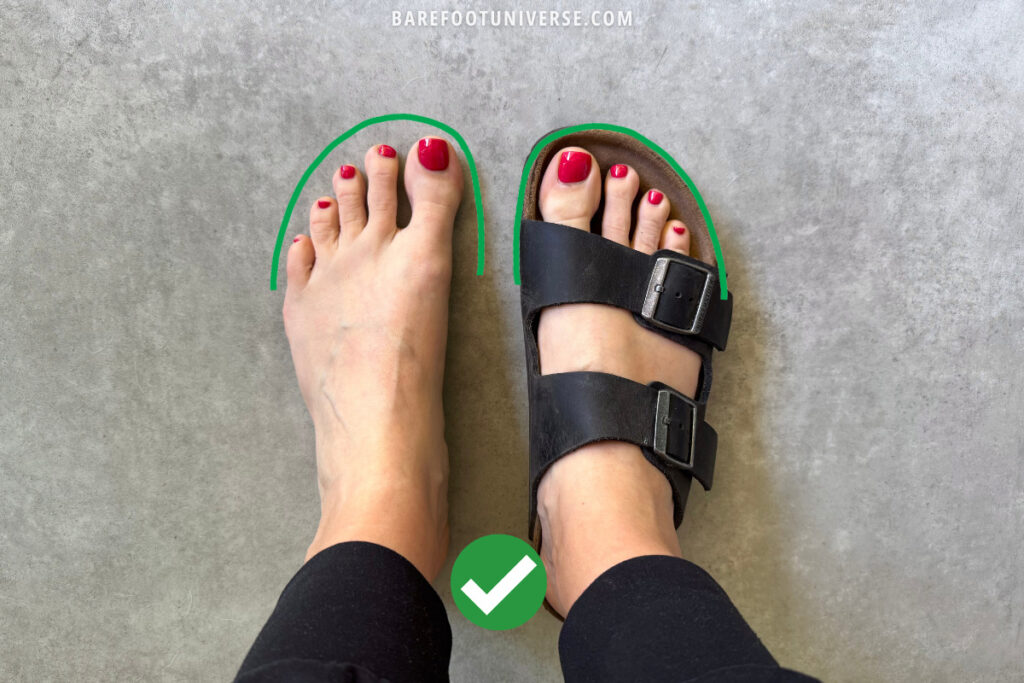
Zero Drop Sole
Most Birkenstock sandals are “zero drop,” meaning your heel and toes sit at the same level. This helps maintain a more natural posture and reduces the forward-leaning effect that raised heels can cause.
Note: Their closed-toe shoes with removable insoles are not always zero drop.
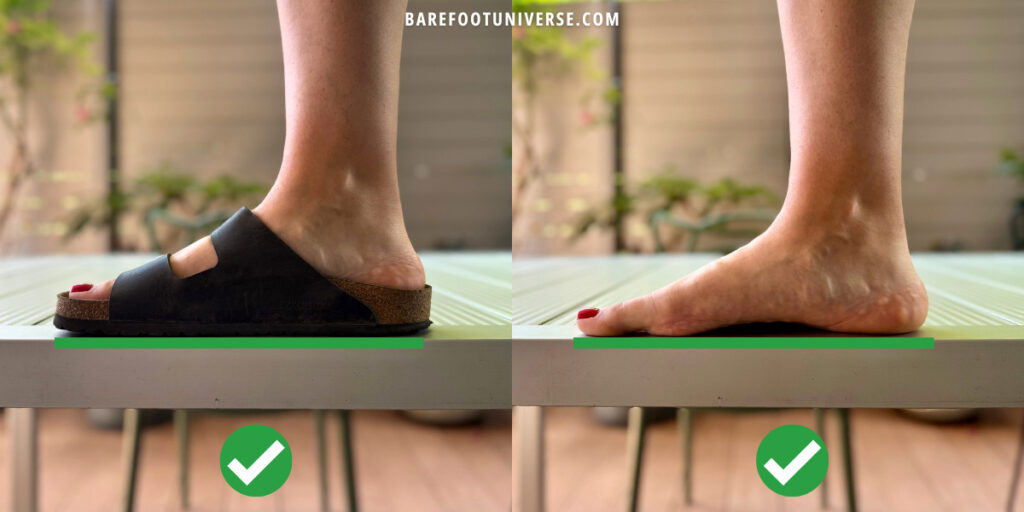
So… Are Birkenstocks Good for Your Feet?
It depends on your goals.
If you’re looking for immediate relief, structure, or a step away from flimsy sandals – yes, Birkenstocks can be a good short-term option.
But if your goal is to strengthen your feet, improve mobility, and support natural function long-term, you’ll need to go further.
Relying on external support doesn’t give your body a chance to adapt. To truly restore foot health, your feet need the freedom to move, flex, and stabilize on their own.
A Better Long-Term Alternative
If you like the feel of Birkenstocks but want something that actively supports your foot’s natural function, there are healthier options to explore. The good news? You have more control than you think.
Improving your foot health often starts with simple habits:
- Walking barefoot more often
- Doing foot exercises to restore strength and mobility
- Wearing barefoot shoes that are flexible, foot-shaped, and let your muscles do the work


👉 Curious what sandals can support that transition? Check out our full guide to barefoot sandals that look like Birkenstocks for stylish, foot-friendly alternatives.
Final Thoughts: Birkenstocks = Better, But Your Feet Can Do More
For many people, Birkenstocks, with their foot-shaped design, are the first step toward more natural footwear, and that’s a step worth celebrating.
But they’re not the finish line.
The stiff sole, built-in arch support, and lack of secure fit mean they don’t let your feet move and strengthen the way they’re designed to. If your goal is long-term foot health, stronger arches, and better mobility, you’ll eventually want to shift toward something more flexible, more dynamic, and less supportive.
When your feet rely on external support, they lose the chance to rebuild strength and stability from the inside out.
Think of Birkenstocks as a transition tool, not a permanent fix. And when you’re ready for the next step, barefoot shoes, foot exercises, and regular time spent barefoot can help you reconnect with your natural movement – starting from the ground up.
Not sure where to start? Try our Foot Width Quiz to find shoes that actually match your feet.


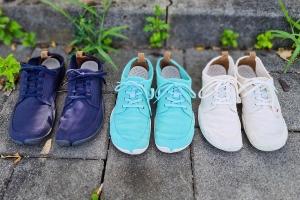
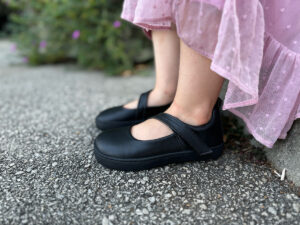
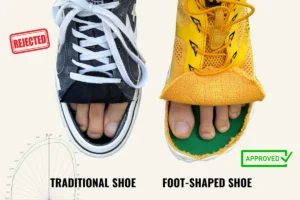
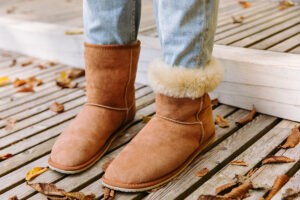
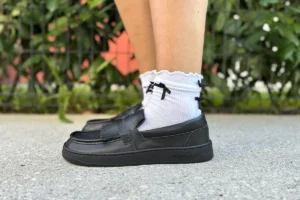

Really in love with birk.. i have 2 but i think i wanna 3 4 5 and more 😅😍😍😍